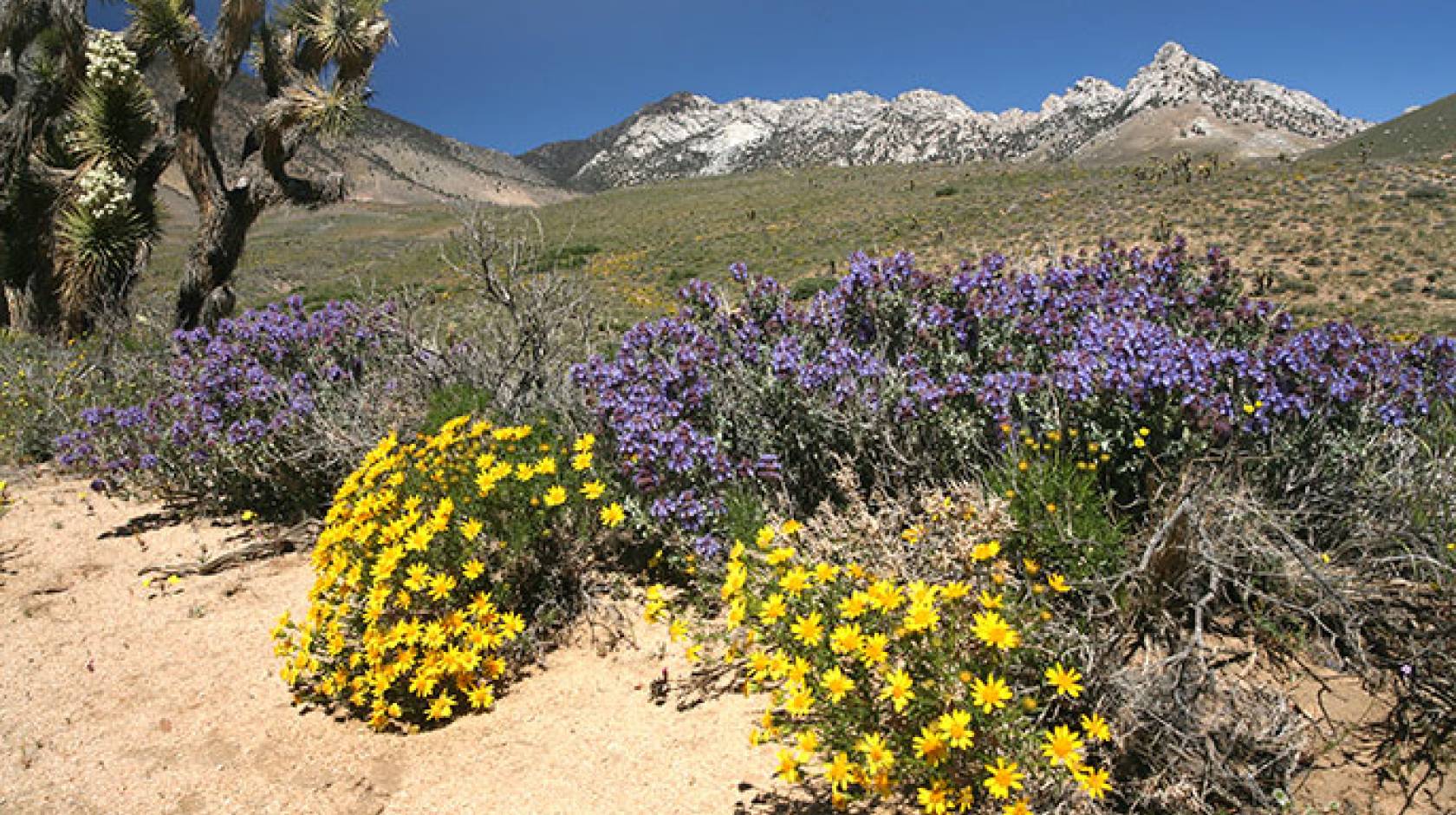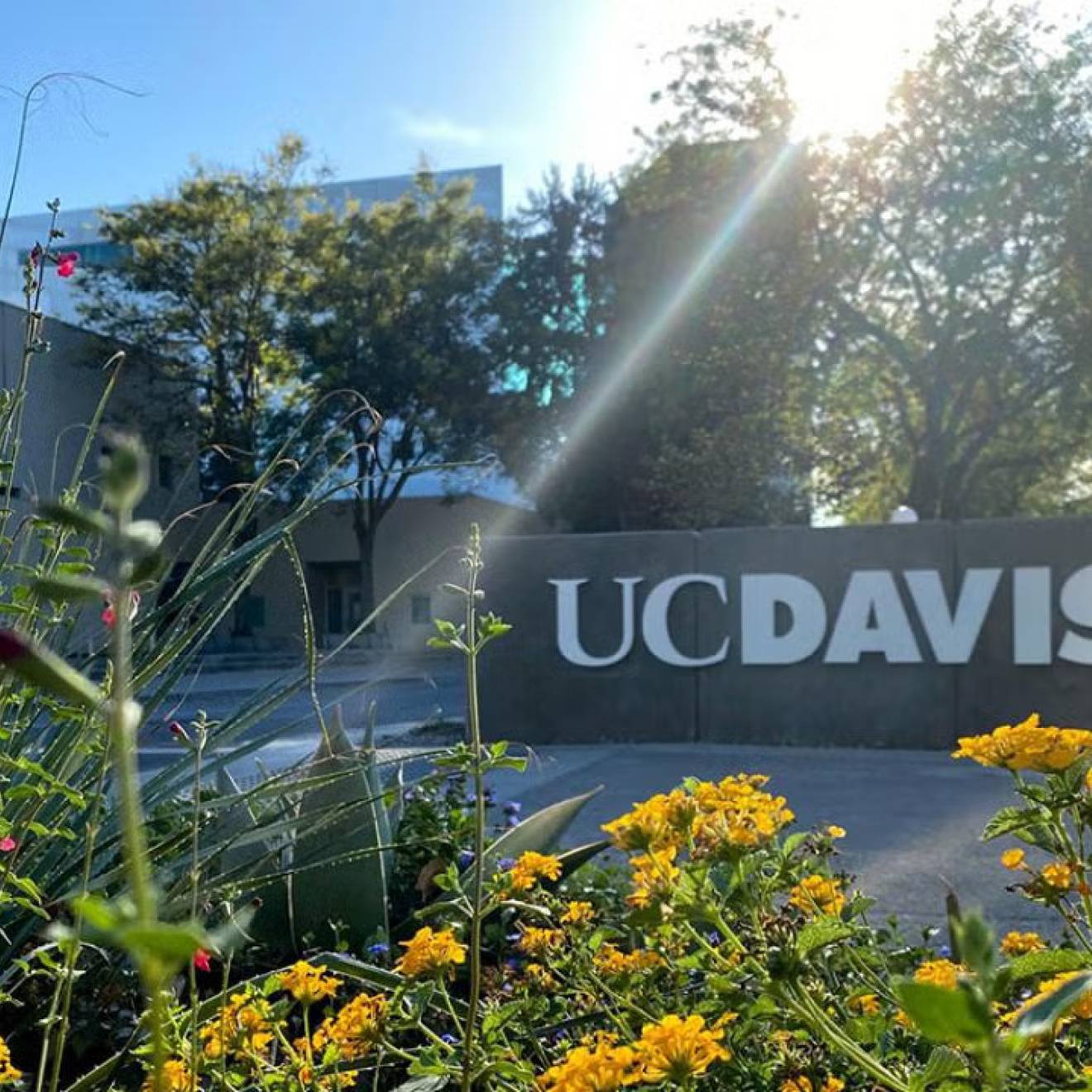Kat Kerlin, UC Davis

Native wildflowers in California are losing species diversity after multiple years of drier winters, according to a study from the University of California, Davis, which provides the first direct evidence of climate change impacts in the state’s grassland communities.
The study, published in the journal Proceedings of the National Academy of Sciences, is based on 15 years of monitoring about 80 sampling plots at McLaughlin Reserve, part of UC Davis’ Natural Reserve System.
“Our study shows that 15 years of warmer and drier winters are creating a direct loss of native wildflowers in some of California’s grasslands,” said lead author Susan Harrison, a professor in the Department of Environmental Science and Policy. “Such diversity losses may foreshadow larger-scale extinctions, especially in regions that are becoming increasingly dry.”
The researchers confirmed that drought-intolerant species suffered the worst declines.
Global trend
Similar trends have been found in other Mediterranean environments, such as those of southern Europe, bolstering the case for increased climate change awareness in the world’s semi-arid regions.
Taken together with climate change predictions, the future grassland communities of California are expected to be less productive, provide less nutrition to herbivores, and become more vulnerable to invasion by exotic species, the study said.
The researchers expect these negative to cascade up through the food web — affecting insects, seed-eating rodents, birds, deer and domesticated species like cattle, all of which rely on grasslands for food.
Rescue effect may be too late
Grasses and wildflowers may be able to withstand the current drying period through their extensive seed banks, which can lie dormant for decades waiting for the right conditions to germinate. However, California’s drought is expected to intensify in the coming decades, so this rescue effect may end up being too late for some species.
The study’s co-authors include Elise Gornish, a UC Cooperative Extension specialist in the UC Davis Department of Plant Sciences, and Stella Copeland, a doctoral student in the Department of Environmental Science and Policy.
The research was supported by the National Science Foundation.
Reserve system
The study reflects the UC Reserve System’s recently created Institute for the Study of the Ecological Effects of Climate Impacts. UC Davis manages five reserves representing a wide variety of habitats. They include:
- Bodega Marine Reserve, which surrounds the Bodega Marine Laboratory;
- Jepson Prairie Reserve, remnant natural prairie in the Sacramento Valley;
- Donald and Sylvia McLaughlin Reserve, which protects unusual serpentine habitats near a mine site in Lower Lake;
- Quail Ridge Reserve, which helps protect native habitats and wildlife near Lake Berryessa; and
- Stebbins Cold Canyon Reserve, which has a mix of habitats, including grasslands, blue oak woodland, chaparral shrublands, riparian woodland and a seasonal stream.

